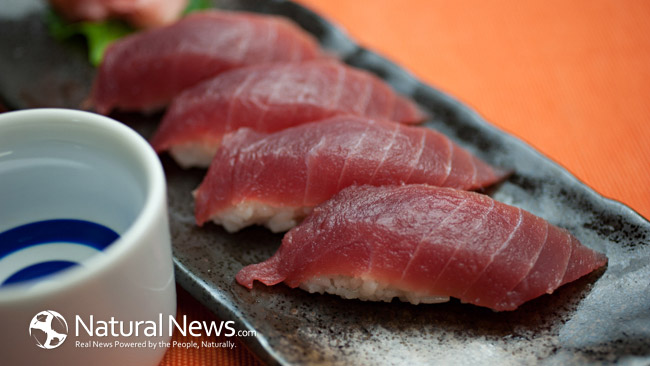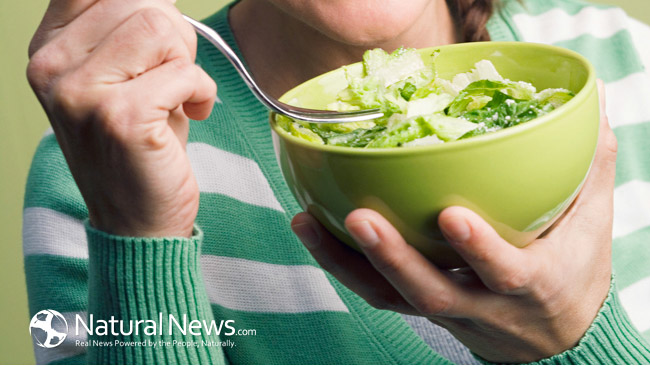Rice, fish raw or cooked, and vegetables wrapped in seaweed create the masterpiece of sushi. A sushi date night can be part of a healthy diet. Originating in Japan, sushi has become a popular food selection with many varieties to please everyone at the table.
The combination of ingredients in sushi can be nutritious. The fish in sushi provides protein, omega 3 fatty acids, vitamin D, iodine as well as other vitamins and minerals. The type of seaweed in sushi is called Nori. One roll of sushi doesn’t have a ton of seaweed, but it does contain magnesium, iron, vitamin A, C, E, phosphorus, and thiamine. Wasabi is the paste that is served with sushi. It comes from the same family as cabbage, mustard, and horseradish. It contains beta carotene, isothiocyanates, and glucosinolates. The compounds are anti-inflammatory, anticancer, and antibacterial. Pickled ginger is used to cleanse the palate in eating pieces of sushi. Ginger has copper, magnesium, potassium, and manganese. Ginger has been linked to improving memory, reducing nausea, muscle pain, LDL bad cholesterol, and menstrual pain.
There are some downsides to eating sushi. White rice that fills the roll is a refined carbohydrate. Eating refined carbs can raise blood pressure and there is little nutritional benefit because most of the vitamins, minerals, and fiber have been stripped. Sushi rice usually has sugar added to it. An alternative can be asking for brown rice to increase fiber content and/or more vegetables than rice in the rolls. Refined carbs break down quickly in the body so often hunger is not satisfied just a short time after eating sushi. The sauces and toppings can be high in sodium and fat, such as soy sauce and fired tempura batter. The fish in sushi is raw so there is an increased risk for Salmonella, Anisakis and Diphyllobothrium parasites, and various Vibrio bacteria, The FDA doesn’t regulate the fish used in sushi. Eating some types of fish also have toxins like mercury in them. Having a sushi meal usually means there will be a lot of salt. The rice might be cooked with salt, the fish and vegetables might be smoked or pickled, and soy sauce can be used to dip. Often sushi is served with miso soup which is very high in sodium.
Tips for keeping sushi on the healthier side include asking for brown rice instead of white. Temaki rolls typically contain less rice. Avoiding rolls that have sauce, tempura, or cream cheese. Use low sodium soy sauce and only lightly dip the rolls. Sashimi and edamame can be ordered on the side to increase protein and satisfy hunger. It’s always important to eat at reputable food locations to ensure proper food handling measures are followed.
There are so many types of sushi and so many locations offering sushi now. Making sushi at home has also become a popular activity. Sushi can be healthy based upon your order. Sometimes sticking to the basics even with your sushi order is the best approach to know what you are putting into your body and to help with weight management.
mchang,+Journal+manager,+327-1385-4-CE.pdf



